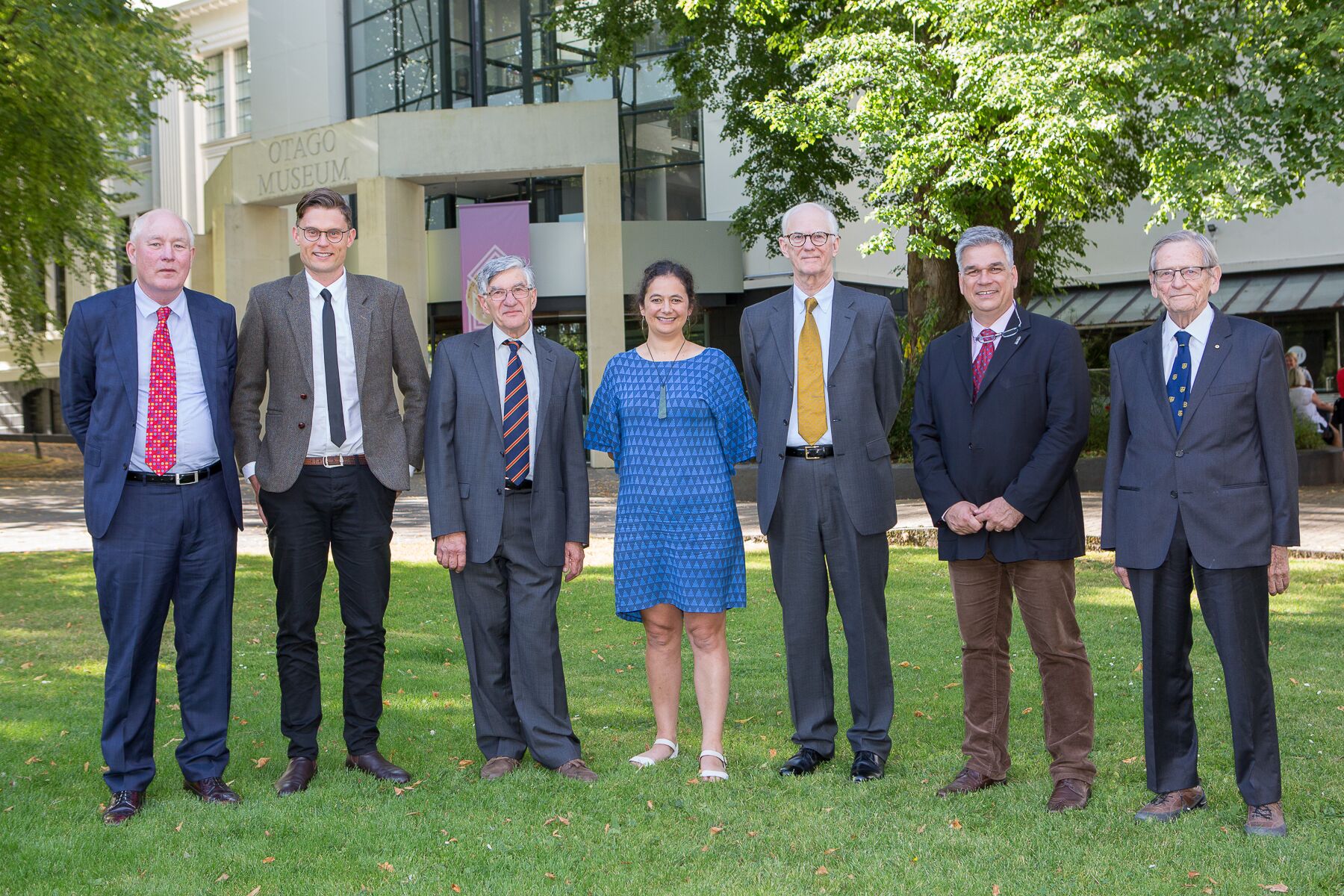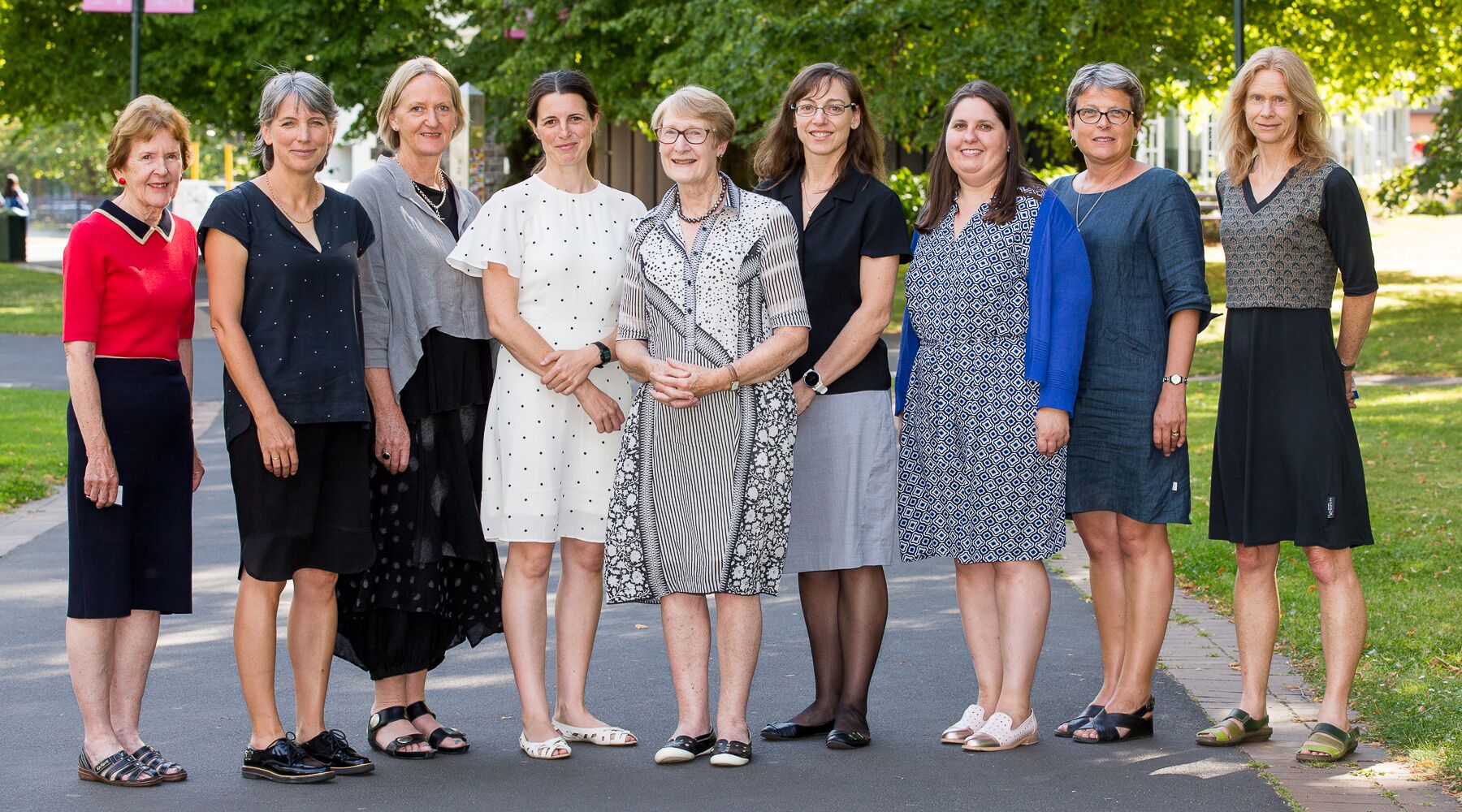Symposium: Focus on Fibre and Food Monitoring
12 February 2019
What are NZers eating and how does it affect our health?
In 1826 Frenchman Anthelme Brillat-Savarin wrote: “Dis-moi ce que tu manges, je te dirai ce que tu es.” [Tell me what you eat and I will tell you what you are]1, thought to be the origin of the saying ‘you are what you eat.’
Times have changed but the saying holds true. But it is not known what New Zealanders eat, since the last adult nationwide nutrition survey was done more than a decade ago. Without up to date information, it is difficult to make good decisions about research and policy around nutrition and food. The data becomes more essential than ever as obesity and type 2 diabetes loom as major health issues for the country.
On 11-12 February this year, NZ and overseas researchers, students, policymakers and others gathered in Dunedin at a symposium about Fibre and Food Monitoring to discuss how to tackle this issue, specifically how to monitor food and find out what New Zealanders are eating, and hear the latest research on dietary fibre.

The symposium was attended by more than 100 people, who heard at the presentations why we need new information to understand diet and disease related issues. Tracy Hambridge of Food Standards Australia New Zealand, provided the view of how it is done in Australia. All concluded that a new national nutrition survey is needed urgently but then came the hard part – actually figuring out how and what is needed to make such a survey happen. If done thoroughly it will not be cheap and the big question is who will pay and who will do it and how? Mixed teams got together in workshops and discussed useful practical ideas and solutions .
The two-day symposium also focused on the latest dietary fibre research, with leading NZ and worldwide experts on dietary fibre research. Keynote speaker Emeritus Professor John Cummings from Dundee University spoke about the origins of the dietary fibre hypothesis and about fibre and the physiology of the large bowel.

Healthier Lives director Professor Jim Mann spoke about which carbohydrates are good and which are bad when it comes to managing diabetes. He and Professor Cummings co-authored, with Dr Lisa Te Morenga (VUW) and Dr Andrew Reynolds (Otago) and others, a recent paper published in the Lancet which received wide coverage. They identified that higher intakes of fibre and whole grains were associated with reduced heart disease, type 2 diabetes, some cancers and reduced mortality, and that increasing intakes of fibre can reduce body weight and total cholesterol.
Read more about the symposium in a recent media article in the New Zealand Herald by Niki Bezzant, and in our Media release about the symposium. You can also listen to Professor Mann in a recent ABC interview on the huge benefits of fibre.
- Niki Bezzant: It’s time for a check-up on Kiwis’ latest eating habits New Zealand Herald
- Fibre has huge benefits, and we’re not getting enough of it ABC.net.au (6m 55s, transcript available)

The symposium was held at the Otago museum and was run jointly by the Edgar Diabetes and Obesity Research Centre, Healthier Lives National Science Challenge (both hosted by Otago University) and the Riddet Institute (a Centre of Research Excellence).
- in ‘Physiologie du Gout, ou Meditations de Gastronomie Transcendante’.
Watch videos from the day on YouTube (7 videos between 4 and 70 minutes)
More information about the Focus on Fibre and Food Monitoring symposium:
Related news
- Fibre has even bigger benefits for us than we thought, and we’re not getting enough of it ABC.net.au
- Fibre has huge benefits, and we’re not getting enough of it ABC.net.au (6m 55s, transcript available)
- Niki Bezzant: It’s time for a check-up on Kiwis’ latest eating habits New Zealand Herald
Story originally published 18 March 2019.


